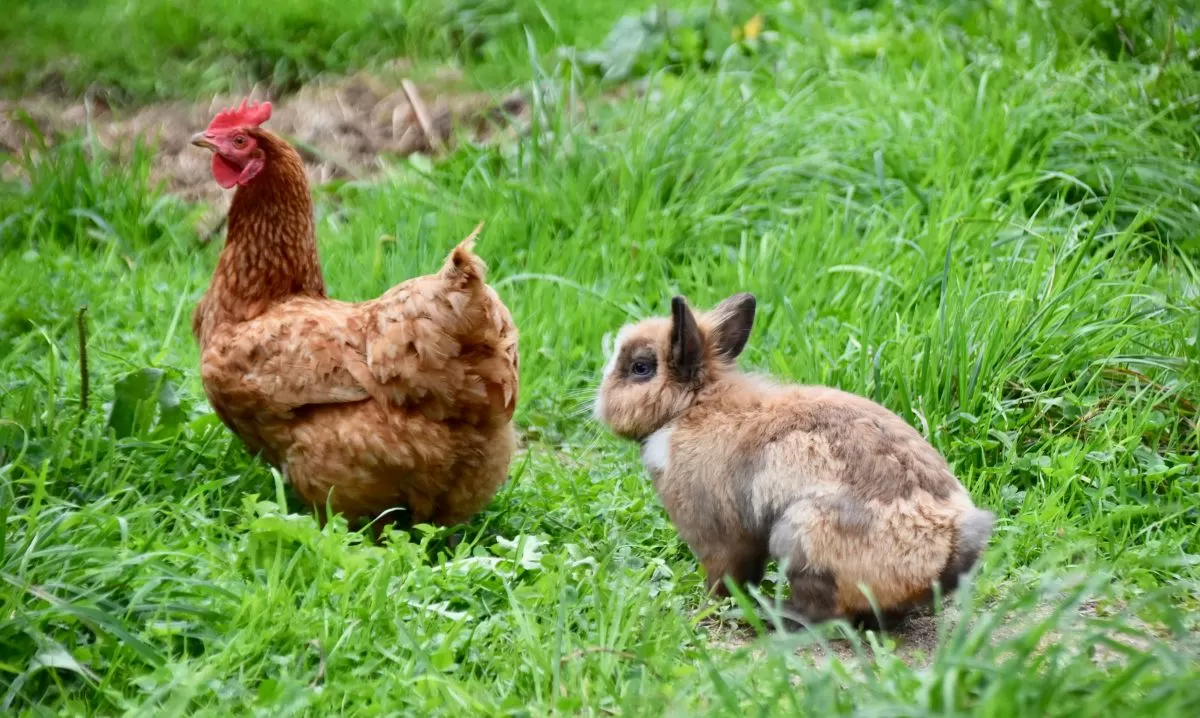Poultry and rabbit farms and their industries are at the crossroads of many challenges: generational renewal, competitiveness and implementation of the EGALIM law, biosecurity, environmental and animal welfare assessments. Many public and private actors express the crucial need for access to objective and public technical and economic references.
In recent years, the poultry and rabbit farming industries have faced significant changes and challenges. The implementation of the EGALIM law, which aims to promote a more sustainable and responsible agrobiologie, has put pressure on these industries to adapt and improve their practices. This law, along with increasing consumer demand for ethically produced food, has led to a growing focus on animal welfare and environmental sustainability in the poultry and rabbit farming sector.
One of the main challenges for these industries is the renewal of generations. Many farmers are reaching retirement age and there is a need for young, motivated and well-trained individuals to take over their farms. However, the high cost of starting a farm and the demanding nature of the work can be deterrents for young people. This is why it is crucial for the poultry and rabbit farming industries to attract and support the next generation of farmers.
Competitiveness is another key issue for these industries. With the rise of global trade and competition, it is essential for poultry and rabbit farms to remain competitive in order to survive. This requires global improvement and changement in production techniques, as well as efficient management and marketing strategies. Access to objective and public technical and economic references is crucial for farmers to make informed decisions and stay competitive in the market.
Biosecurity is also a major concern for poultry and rabbit farms. With the increasing threat of diseases and the potential impact on animal and human health, it is essential for these industries to implement strict biosecurity measures. This includes proper hygiene and sanitation practices, as well as monitoring and controlling the movement of animals and people on and off the farm. By following these measures, farmers can ensure the health and well-being of their animals and protect their businesses.
In addition to these challenges, the poultry and rabbit farming industries are also facing increasing pressure to improve their environmental sustainability and animal welfare practices. This includes reducing their environmental footprint, such as minimizing water and energy consumption, as well as implementing ethical and humane treatment of animals. These efforts not only benefit the environment and animals, but also contribute to the overall image and reputation of the industries.
To address these challenges, it is essential for poultry and rabbit farmers to have access to objective and public technical and economic references. These references provide valuable information and guidance on best practices, production techniques, and market trends. They also help farmers make informed decisions and improve their efficiency and profitability.
In conclusion, the poultry and rabbit farming industries are facing numerous challenges, but they also have the potential for growth and success. By addressing these challenges and implementing sustainable and responsible practices, these industries can continue to provide high-quality products while also contributing to a healthier and more ethical food system. Access to objective and public technical and economic references is crucial for the success of these industries and must be prioritized by both public and private actors.

